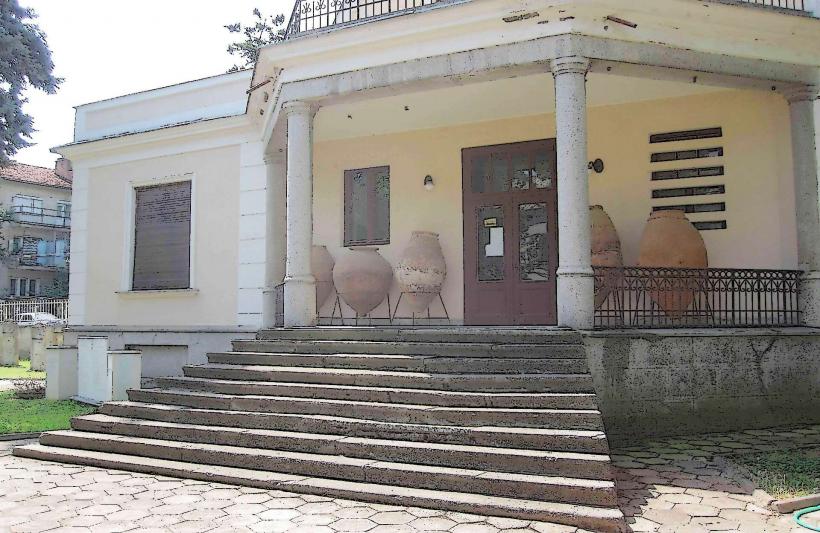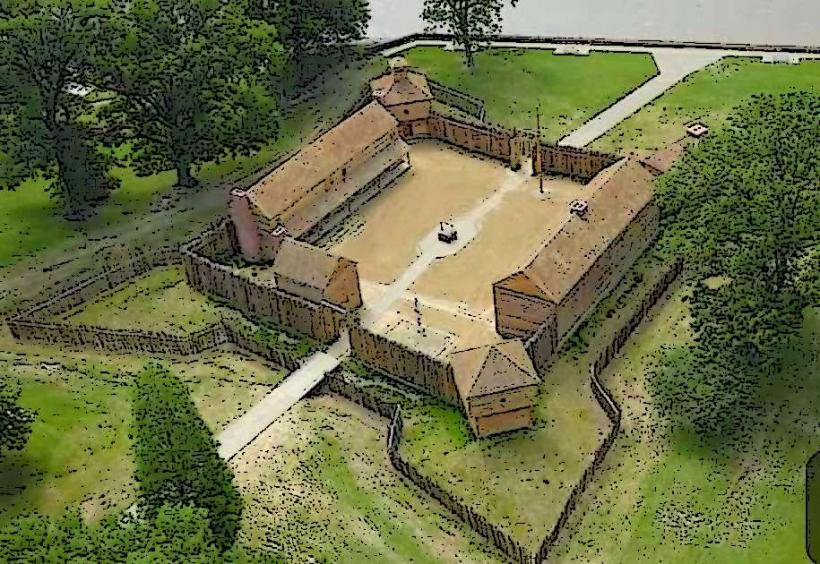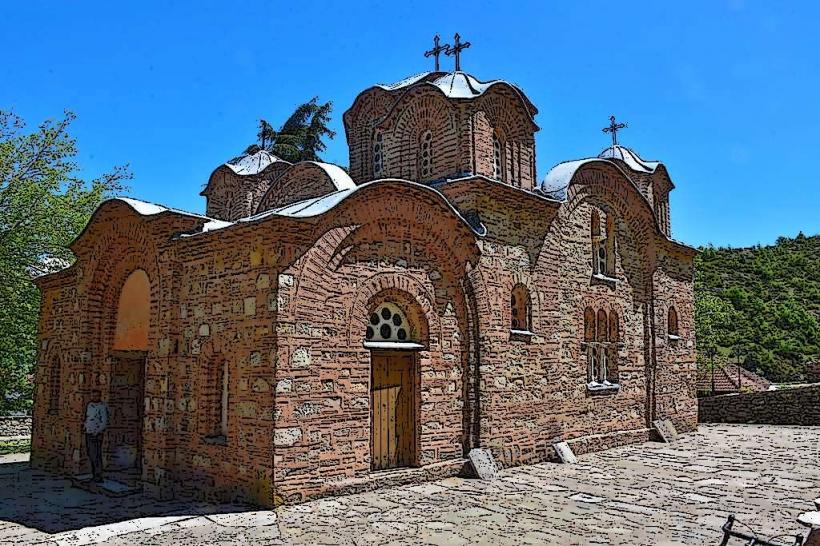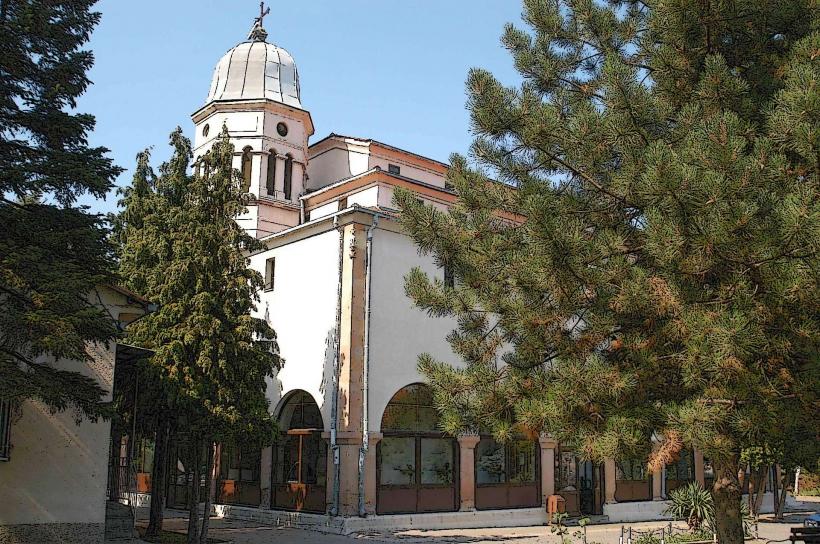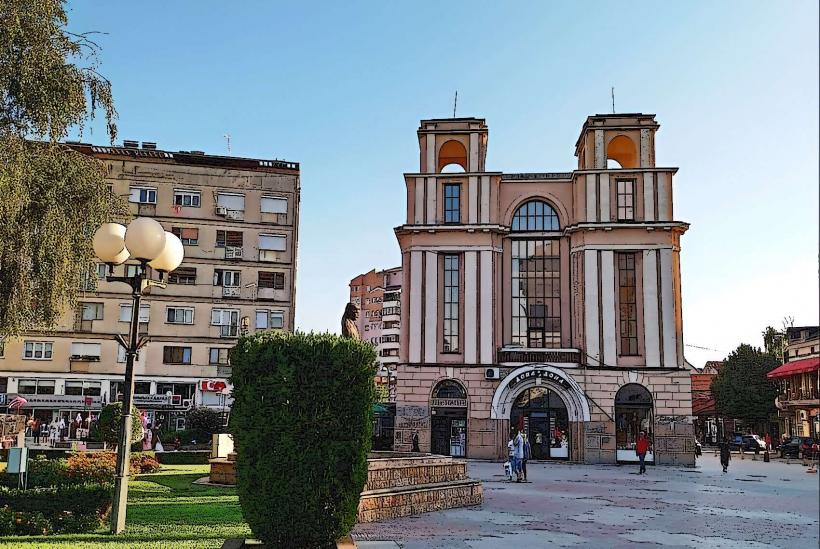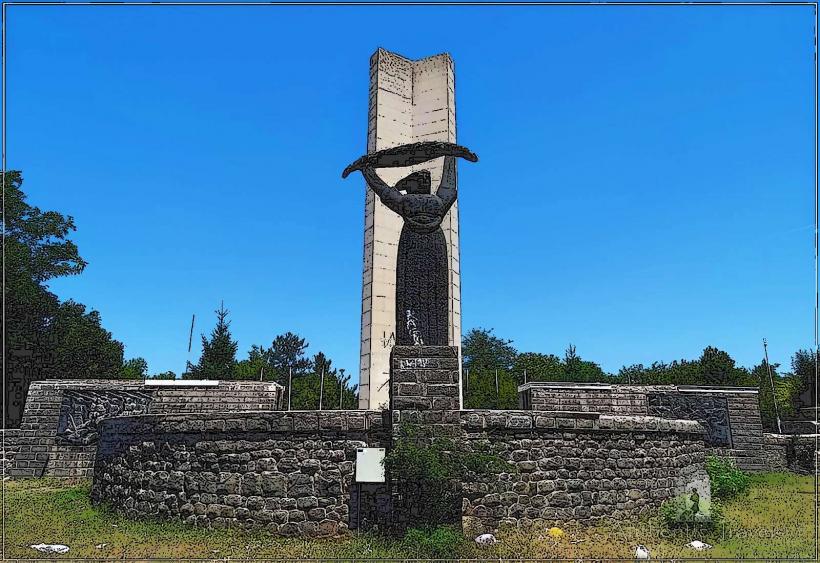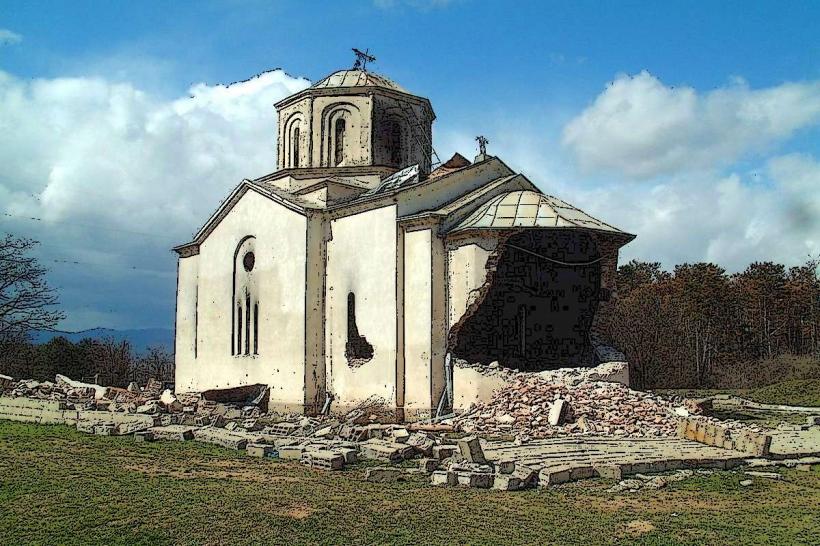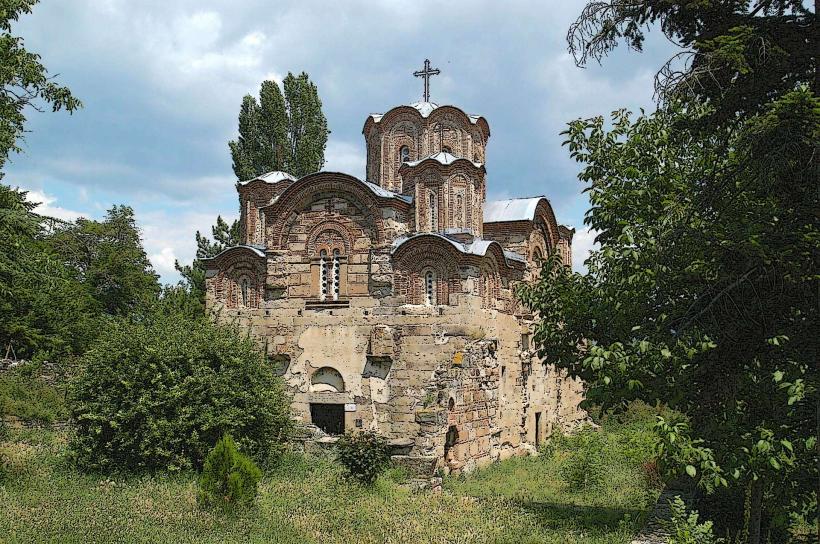Information
Landmark: Ancient Roman Bath HAEMUSCity: Kumanovo
Country: North Macedonia
Continent: Europe
The Ancient Roman Bath in HAEMUS (the Center for Scientific Research and Promotion of Culture in Skopje, North Macedonia) is a significant archaeological site and a well-preserved example of Roman bathhouse architecture. The site is an important historical landmark that sheds light on Roman public life, social practices, and engineering innovations in the Balkans, particularly during the Roman Empire.
Location:
The Ancient Roman Bath is located near the archaeological site of Scupi, which was an ancient Roman city near the modern city of Skopje, North Macedonia. Scupi was a vital urban settlement in the Roman period, and its remains are of significant historical and archaeological importance. The Roman bathhouse is one of the key features that highlight the advanced infrastructure and daily life of the city.
Historical and Archaeological Significance:
Roman Baths:
- Roman baths were a central feature of urban life in the Roman Empire, serving not only as places for personal hygiene but also as social hubs where people gathered for conversation, relaxation, and entertainment. Roman baths often consisted of several rooms, including the frigidarium (cold room), tepidarium (warm room), and caldarium (hot room), along with a central furnace to heat the rooms.
- The bathhouse in HAEMUS is a representative example of this structure, and its remains reveal the advanced engineering techniques employed by the Romans to create these complex bath facilities.
Architecture and Layout:
- The Roman bathhouse is designed with a sophisticated system of hypocausts (underfloor heating) that were used to heat the rooms and the water. These systems reflect the Roman mastery in engineering, providing warmth and comfort for bathers during colder months.
- The bathhouse in Scupi includes various elements of Roman bath architecture, such as large heated rooms, water channels, and storage areas for bathing supplies. The remains of this bathhouse suggest that it was a luxurious space, providing not only bathing facilities but also areas for socializing, exercising, and other forms of recreation.
Cultural and Social Context:
- The bathhouse was likely used by the citizens of Scupi, which was a prominent Roman settlement in the province of Moesia. During the Roman Empire, public baths were a social necessity, and these facilities were often open to all social classes, although wealthier citizens might have access to more private areas.
- Bathhouses in Roman cities were important centers of public life, offering spaces for relaxation, intellectual conversations, and even business discussions. It was also a place where people could catch up on the latest news, making it a vital part of the urban experience.
Roman Urban Infrastructure:
- The bathhouse is part of a larger network of Roman infrastructure that once flourished in Scupi. The Roman presence in the Balkans introduced advanced urban planning, including well-constructed roads, aqueducts, and public buildings, which significantly influenced the development of the region.
- Scupi, like other Roman cities, had a developed water supply system, and the bathhouse is a key component of this, relying on the efficient distribution of water for both domestic and public use.
Excavation and Preservation:
Archaeological Findings:
- The excavation of the Roman bath in HAEMUS has yielded significant findings, including frescoes, mosaics, stone artifacts, and inscriptions, all of which help researchers understand the cultural, social, and religious practices of the Roman inhabitants of Scupi.
- The site also reveals insights into Roman engineering and craftsmanship, particularly the construction of heating systems and plumbing, which were cutting-edge for the time.
Cultural Heritage and Preservation:
- The Ancient Roman Bath at HAEMUS is an essential part of the region's cultural heritage and is preserved as a significant example of Roman architecture. Efforts have been made to protect the site from the ravages of time and modern development.
- The HAEMUS Center has been involved in the research, study, and promotion of the site, ensuring that this important historical landmark remains accessible for future generations and that its significance is properly understood and celebrated.
Educational and Tourist Value:
- The Ancient Roman Bath in HAEMUS is part of a broader initiative to educate the public about ancient Roman history and culture. Visitors can learn about the daily life, engineering, and social customs of the Romans through exhibitions, guided tours, and educational programs.
- As part of the cultural tourism efforts in North Macedonia, the site attracts tourists, archaeologists, and history enthusiasts who are interested in exploring the ancient past of the region.
Conclusion:
The Ancient Roman Bath in HAEMUS is a fascinating and well-preserved example of Roman bathhouse architecture in Scupi, North Macedonia. It offers valuable insights into the engineering, social life, and cultural practices of the Romans in the Balkans. As a significant archaeological and historical site, the bathhouse continues to be an important part of the region’s heritage and a focal point for both scholarly research and cultural tourism.

